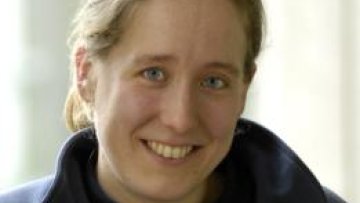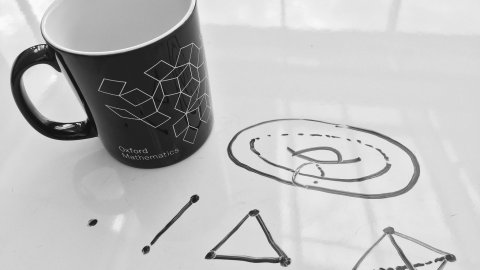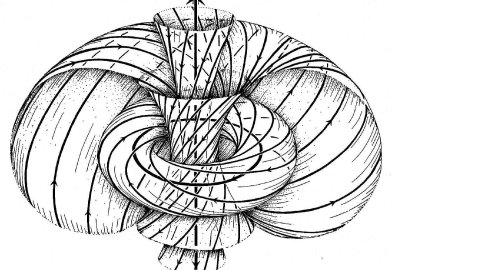Vicky Neale from Oxford Mathematics has won an MPLS (Mathematical, Physical and Life Sciences) Teaching Award for her innovative and entertaining undergraduate teaching. Using blogs and tips to back up her lectures, Vicky's expansive approach has led to widespread praise from the toughest of critics, namely the students themselves.
Integrable Statistical Mechanics in Mathematics
Abstract
I will survey of some of the many significant connections between integrable many-body physics and mathematics. I exploit an algebraic structure called a fusion category, familiar from the study of conformal field theory, topological quantum field theory and knot invariants. Rewriting statistical-mechanical models in terms of a fusion category allows the derivation of combinatorial identities for the Tutte polynomial, the analysis of discrete ``holomorphic'' observables in probability, and to defining topological defects in lattice models. I will give a little more detail on topological defects, explaining how they allows exact computations of conformal-field-theory quantities directly on the lattice, as well as a greatly generalised set of duality transformations.
Doubled Geometry and $\alpha'$ Corrections
Abstract
I review work done in collaboration with Siegel and Zwiebach, in which a doubled geometry is developed that provides a spacetime action containing the standard gravity theory for graviton, Kalb-Ramond field and dilaton plus higher-derivative corrections. In this framework the T-duality O(d,d) invariance is manifest and exact to all orders in $\alpha'$. This theory by itself does not correspond to a standard string theory, but it does encode the Green-Schwarz deformation characteristic of heterotic string theory to first order in $\alpha'$ and a Riemann-cube correction to second order in $\alpha'$. I outline how this theory may be extended to include arbitrary string theories.
16:00
Inverse limits of upper semicontinuous functions and indecomposable continua
How can we explain the patterns of genetic variation in the world around us? The genetic composition of a population can be changed by natural selection, mutation, mating, and other genetic, ecological and evolutionary mechanisms. How do they interact with one another, and what was their relative importance in shaping the patterns we see today?





